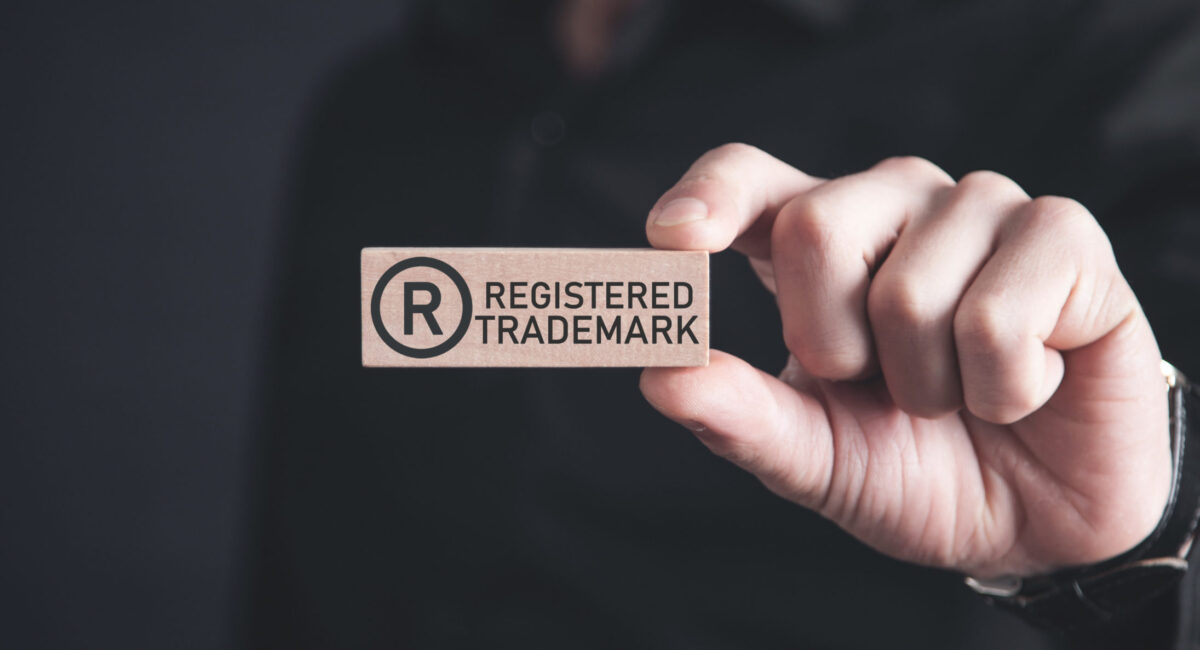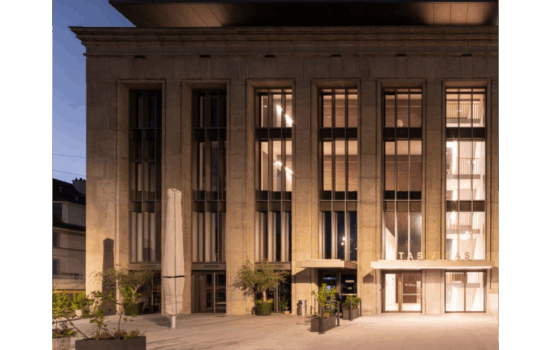In the framework of the Intellectual Property area of practice, the lawyers of Costaș, Negru & Asociații can assist client for the registration of a European trademark.
Like the registration of a trademark at national level before the State Office for Inventions and Trademarks (OSIM), the European Union Intellectual Property Office (EUIPO) is the body that manages the registration and tracks the record of trademarks held by both natural and legal persons, in order to confer uniform legal protection in all 27 States of the European Union. That is why the major advantage in registering a trademark at EU level is its registration through a single procedure that extends territorially in all 27 states. On the other hand, although the protection conferred has the same power, registering the trademark before the national body, OSIM, implies protection only within this territorial limit.
Types of trademarks that can be registered
Depending on the potential brand owned or that is desired to be developed, a natural or legal person can opt to register their trademark in one or more forms, so that the protection conferred is maximized.
Within the EUIPO – and similarly within OSIM – there are several types of trademarks. The most common are: the verbal trademark (which consists only of letters, words and/or numbers) and the figurative trademark (that contains graphic elements, usually the logo of a brand, a company, etc.).
There are also other types of trademarks, such as: three-dimensional (3D) trademark, sound trademark (with auditory elements), multimedia trademark (for example, an animation with sound), positioning trademark, colour trademark (Aston Martin green, Milka purple), collective trademark (“Made in …”), certification trademark (“authentic product”, “natural product”).
Stages and deadlines
The procedure for registering a trademark, regardless of its type, involves a series of stages. Even though the Fast Track procedure has been implemented at EUIPO (which allows for faster, online, trademark registration application processing via a form), some steps must be followed, such as:
- Preliminary procedure: the uniqueness of the trademark, its distinctiveness from others, and its availability are verified;
- Choice of protection areas: NICE classes. This classification includes 45 categories, divided according to areas, called classes. The first 34 concern products, and the others concern services;
- Completion and submission of the registration application. This procedure can take place both online and in printed format;
- Payment of the related fee, depending on the number of NICE classes selected. In principle, the trademark registration fee starts at 850 euros, increasing depending on the number of NICE protection classes chosen. In any case, the protection lasts 10 years, and can be renewed without time restrictions;
- Examination of the application by the EUIPO – formally and on the merits. This procedure takes approximately 2-5 weeks;
- Publication of the trademark application and the start of the opposition period. The opposition period has an initial duration of 3 months, during which third parties can challenge the submitted application. If no oppositions are filed, the final phase follows after the 3-month period;
- egistration of the trademark and issuance of the related certificate.
In principle, an application for registration of a trademark at the EUIPO requires a duration of between 4 and 6 months. This may be extended by several months (in certain litigious situations even years) in the event that challenges to the trademark application arise, in the form of oppositions.
Disputes and Oppositions
The opposition is the mechanism by which a third party, usually the owner of a previous trademark, existing either at national, European or even global level, can challenge the registration of a new trademark during the opposition period, if they consider that the trademark for which protection was requested is identical or similar to a previously registered trademark (pre-existing), if it may create confusion among consumers (having a name, image, etc. of a similar nature) and the NICE protection classes are the same or when it is likely to affect the notoriety and/or reputation of the owner of the previous trademark.
Oppositions can be encountered especially in the context of commonly used NICE protection classes (for example, HORECA businesses), when the owners of previous trademarks wish to ensure their uniqueness without risking the emergence of a new similar brand, which would lead to a possible division of the clientele or target audience.
Therefore, in order to avoid possible oppositions, which can be resolved amicably or even judicially, we recommend the intervention of a professional in the intellectual property protection procedure, even from the first phase, that of choosing the name of the future brand. It must be original and have a distinctive character, especially compared to existing brands. Also, the choice of the field of protection is very important, depending on the relevant NICE classes.
Conclusions
In the current competitive context, the importance of registering a brand at European level is vital, being the only way to exclusively protect a brand, logo, etc. that a person owns and uses. The registered trademark is not only the legal way to defend against unfair competition or counterfeiting, but also a way to individualize, protect and increase credibility.
Costaș, Negru & Asociații, through its specialized department active in the field of intellectual property law, assists individual and legal entity clients who wish to maximize their chances of registering a trademark, in order to prevent difficulties during the course of their activity.
This article was prepared by attn. Paul Sorinca from Cluj Bar Association.
Costaș, Negru & Asociații is a civil law firm with offices in Cluj-Napoca, Bucharest and Arad, which provides assistance, legal representation and consultancy in several areas of practice through a team composed of 18 lawyers and consultants. Details regarding legal services and the composition of the team can be found on the website https://www.costas-negru.ro. All rights for the materials published on the company’s website and through social networks belong to Costaș, Negru & Asociații, their reproduction being permitted only for information purposes and with correct and complete citation of the source.













